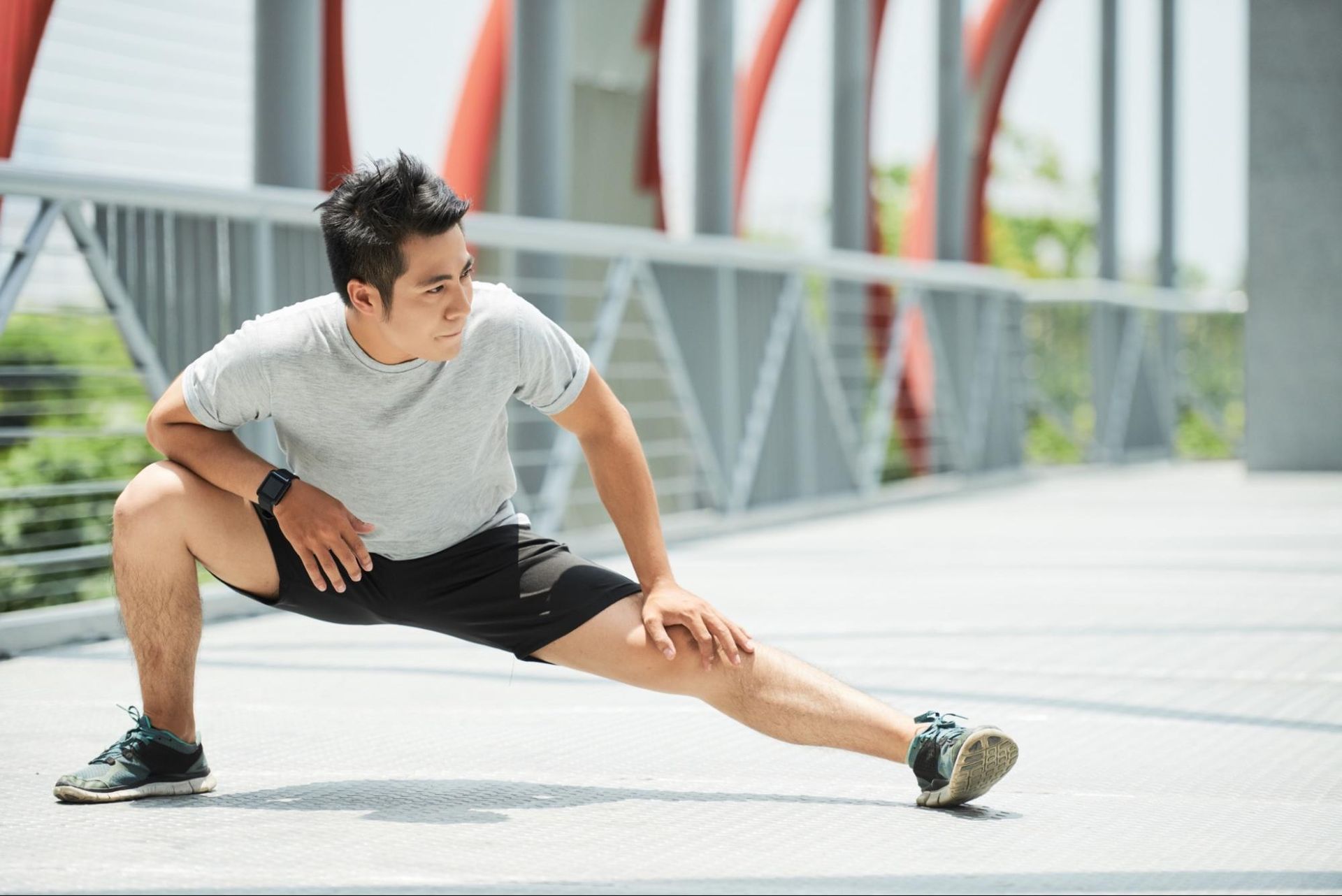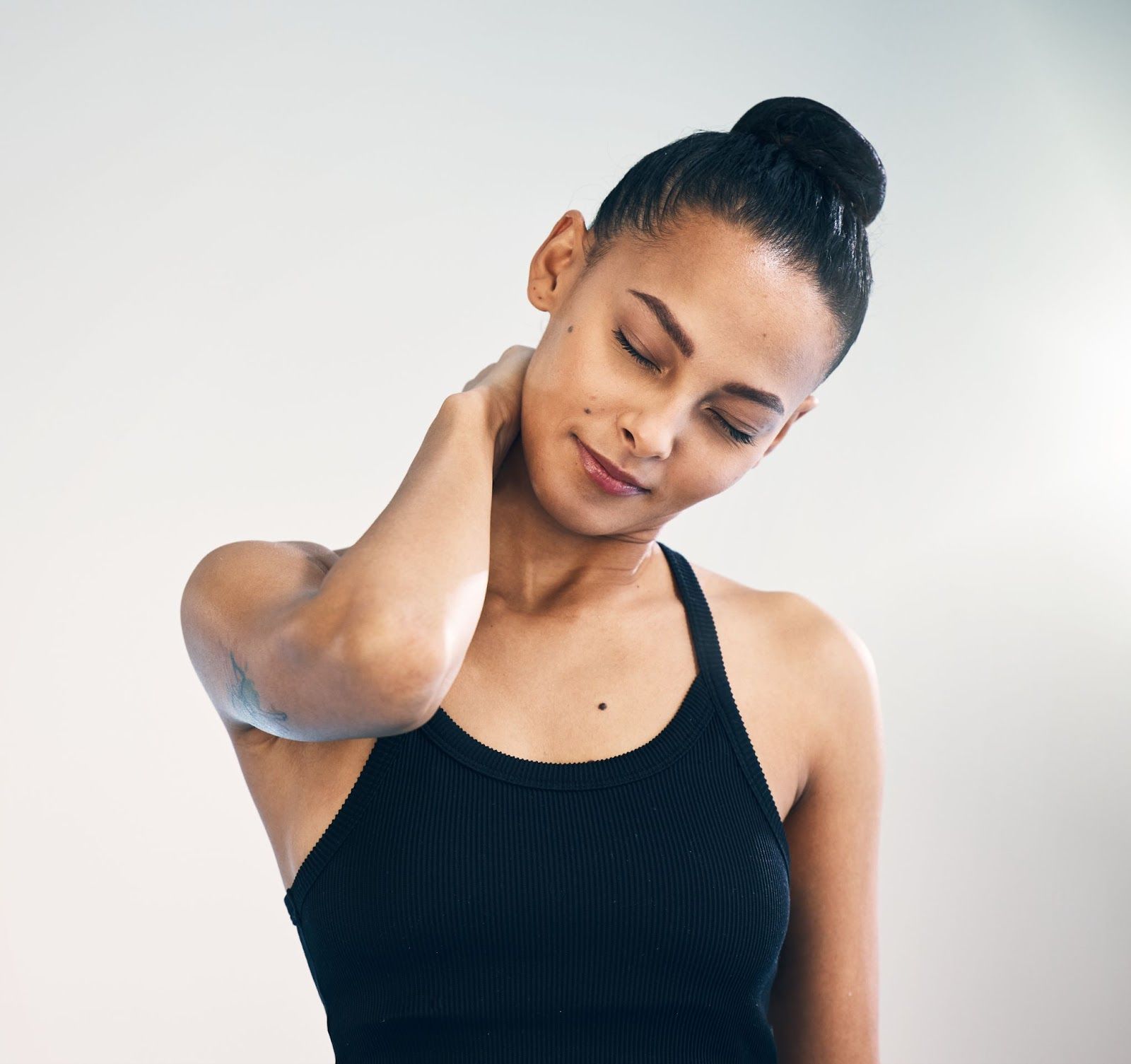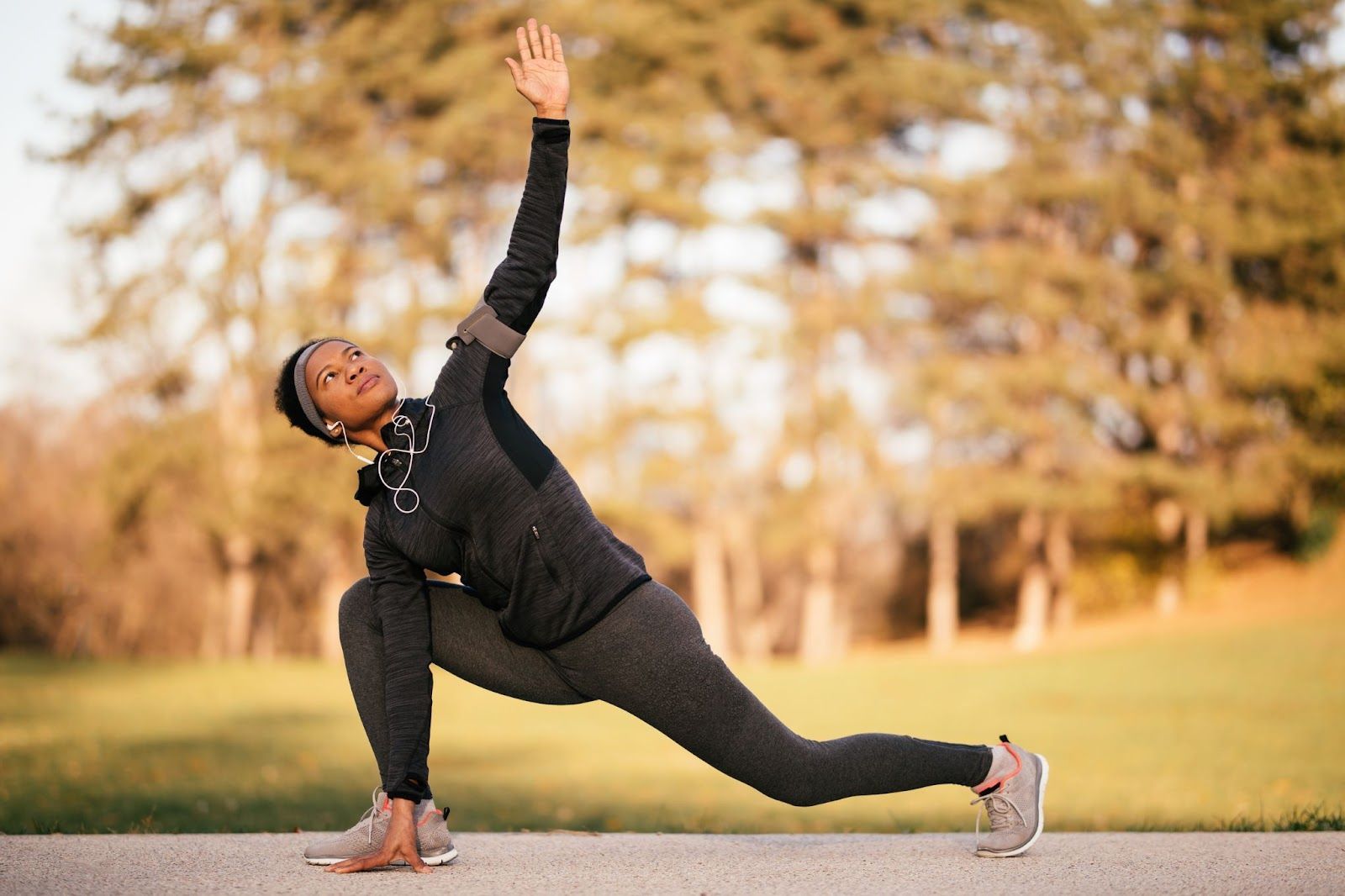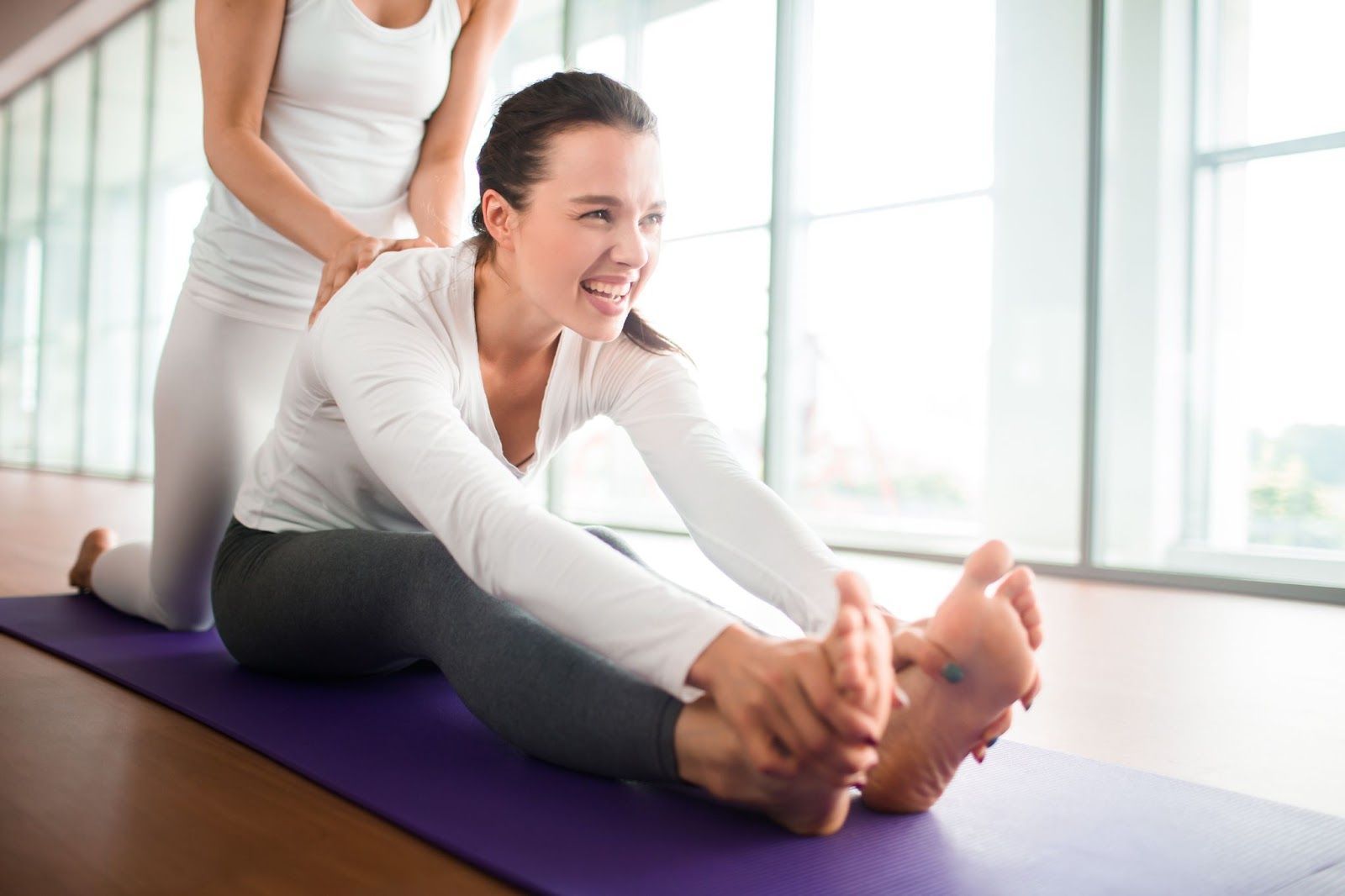How Stretching Can Improve Your Posture and Reduce Pain
The Key to Improved Posture and Pain Relief
Maintaining good posture often takes a backseat in the hustle and bustle of daily life. Whether hunched over desks, glued to screens, or contending with the demands of a sedentary lifestyle, many individuals find themselves battling the repercussions of poor posture, such as chronic pain and discomfort. This blog delves into the transformative benefits of stretching, exploring how incorporating regular stretching routines into your daily life can significantly enhance posture, alleviate pain, and contribute to overall well-being.
Understanding the Impact of Poor Posture
Before delving into the role of stretching, it's crucial to comprehend the consequences of poor posture. Incorrect alignment of the spine and muscles can lead to a range of issues, including:
- Muscle Imbalances: Poor posture often results in uneven muscle development, with certain muscle groups becoming overly tight or weak.
- Joint Stress: Misalignment can place undue stress on joints, leading to discomfort and, over time, contributing to joint degeneration.
- Back and Neck Pain: The most common repercussion of poor posture is the development of chronic back and neck pain, affecting daily life and productivity.
- Restricted Range of Motion: As muscles and joints adapt to poor posture, the range of motion may become limited, hindering flexibility and mobility.
The Role of Stretching in Posture Improvement
Stretching is a powerful tool that addresses the root causes of poor posture. By incorporating targeted stretches into your routine, you can experience a myriad of benefits that positively influence your posture and overall musculoskeletal health:
Elongating Tight Muscles
Stretching helps alleviate muscle tightness, a common outcome of poor posture. Targeting specific muscle groups, such as the chest, shoulders, and hip flexors, can elongate these muscles, promoting better alignment and reducing the pull on the spine.
Strengthening Core Muscles
Core strength is integral to maintaining good posture. Stretching alone is not sufficient; incorporating exercises that engage and strengthen the core muscles, including the abdominals and lower back, creates a solid foundation for improved posture.
Improving Flexibility
Enhanced flexibility is a key benefit of regular stretching. Improved flexibility allows for a greater range of motion in joints and muscles, reducing the likelihood of stiffness and discomfort associated with poor posture.
Joint Mobility
Stretching exercises that focus on joint mobility, such as gentle rotations and dynamic stretches, contribute to maintaining optimal joint function. This is particularly important for areas prone to stiffness, such as the neck, shoulders, and spine.
Creating Body Awareness
Stretching encourages mindfulness and body awareness. As you engage in stretching routines, you become attuned to the sensations in your body, allowing you to identify areas of tension and address them proactively.

Effective Stretching Techniques for Posture Improvement
Neck Stretches
Gently tilt your head from side to side, bringing your ear toward your shoulder, to release tension in the neck muscles. Perform slow and controlled neck rotations to enhance flexibility.
Chest Opener Stretch
Stand or sit upright, clasp your hands behind your back, and lift your arms, opening your chest. This stretch counteracts the forward slouching often associated with poor posture.
Upper Back Stretch
Interlace your fingers in front of you, straighten your arms, and round your upper back, creating a gentle stretch. This helps release tension in the upper back and shoulders.
Child's Pose (for Lower Back)
Kneel on the floor, sit back on your heels, and reach your arms forward, lowering your chest toward the floor. This stretch elongates the lower back and promotes relaxation.
Hip Flexor Stretch
Kneel on one knee, keeping the other foot in front with a 90-degree bend. Shift your weight forward, feeling a stretch in the hip flexor of the back leg. Switch sides to maintain balance.
Forward Fold (for Hamstrings)
Stand with feet hip-width apart and hinge at your hips to reach toward the floor. This stretch targets the hamstrings, promoting flexibility in the lower back and legs.
Spinal Twist
Sit or lie down, cross one leg over the other, and gently rotate your torso in the opposite direction. This stretch promotes mobility in the spine and releases tension in the lower back.
Incorporating Stretching Into Your Routine
To maximize the benefits of stretching for posture improvement, consider the following tips:
Consistency is Key
Incorporate stretching into your daily routine. Consistency is crucial for achieving lasting results.
Gradual Progression
Start with gentle stretches and gradually progress to more advanced exercises. Pushing too hard too quickly can lead to injury.
Posture Checks
Regularly assess your posture throughout the day. Make adjustments to maintain a neutral spine and avoid prolonged periods of sitting or standing in one position.
Combine with Strength Training
Include strength-training exercises that target the core and back muscles. A balanced approach to stretching and strengthening enhances overall posture.
Mindful Breathing
Incorporate deep, mindful breathing during stretching exercises. This promotes relaxation and aids in releasing tension.

Embrace the Power of Stretching for Better Posture
In the journey toward improved posture and reduced pain, stretching emerges as a potent ally. By dedicating time to targeted stretches and incorporating them into your daily routine, you can address the root causes of poor posture, enhance flexibility, and pave the way for a more aligned and comfortable musculoskeletal system. Embrace the transformative power of stretching, and let it become a cornerstone in your quest for better posture, reduced pain, and overall well-being. Your body will thank you with improved comfort, flexibility, and a more upright and confident posture. Visit the StretchX blog to learn more about stretching techniques and how they can benefit you.




